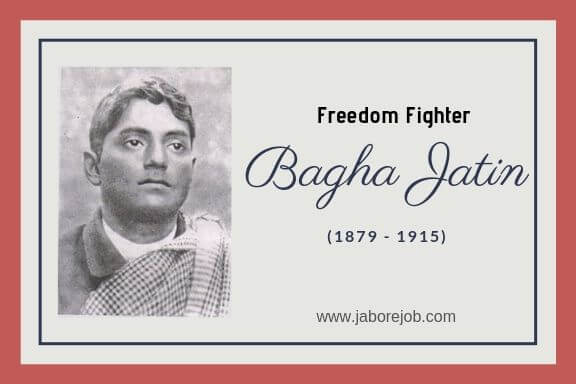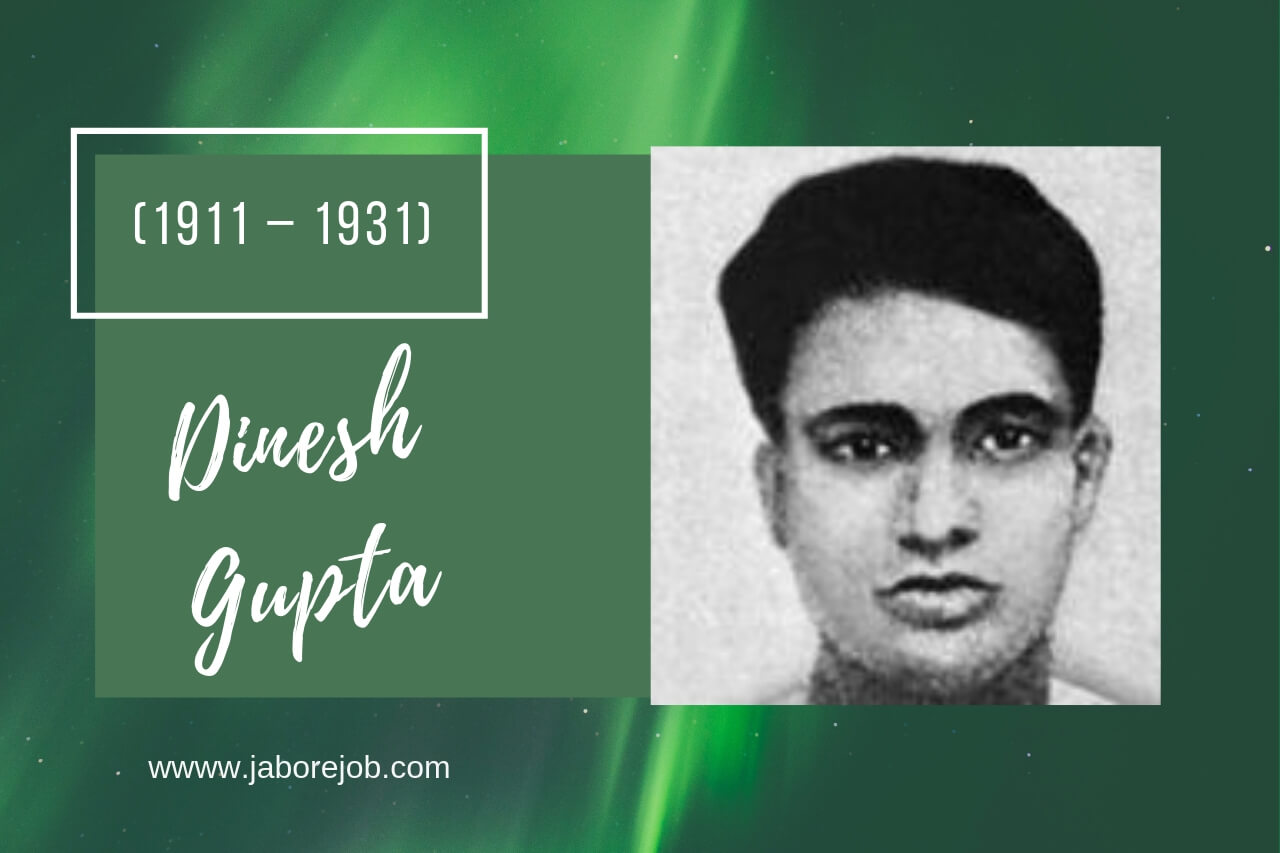Do you know why was National Emergency in India took place in 1975, India is the World’s Biggest Democracy, which has given the fundamental rights in the constitution to every citizen assuring the protection and made the laws accordingly.
But even fundamental rights cannot be protected under certain conditions, there was a time this basic protection were challenged in an unpresidential manner.
In 1975, shockingly people heard that the elected Government itself proclaimed an internal emergency. Indira Gandhi imposed an emergency in India, which was approved by Fakhruddin Ali Ahmed who was the president of that time.
Before going to that, let us understand what is an emergency?
An emergency is a state of affairs that poses an instantaneous risk to health, property, life, or the environment.
Most emergencies require urgent intervention to avoid a worsening of the situation, although in some situations mitigation may not be possible and agencies can only care for the damage that occurred.
History of Emergency in India
The conditions, which were at the time of the development of the Constitution, played an important role in the inclusion of emergency provisions.
The framers of the Constitution were forced to think about such provisions after numerous incidents before and after independence.
The disturbing forces of casteism, regionalism, communalism, and language created the violence and broke the peace and harmony of the country.
The revolts of the community between Hindus and Muslims disintegrated the dangers for the establishment and maintenance of democracy in India.
The problem of Kashmir led to the lapse of the Crown at the time of drafting our Constitution.
The danger of Pakistan was coming. Some indigenous States (Junagarh and Hyderabad) had a recalcitrant attitude towards belonging to the Union of India.
At that time, the government of India faced an overwhelming challenge because it could not allow such separatist behavior. Military intervention in Junagarh and Hyderabad was necessary for geographical reasons.
Hence, Art. 352 created for the purpose to frame the activities at the time of wars and external aggregations.
The first years of independence saw a wave of communist activities among the workers and peasants of Telangana.
The communist revolution was a probable danger for the harmony of the country and the democratic order. This led to the inclusion of strict emergency provisions in the Constitution.
Therefore, constitutional officials were concerned about the regular and successful functioning of state governments. So they included Art.356 to deal with the decomposition of the constitutional mechanism in a State.
The economic situation of the country has also declined significantly due to the circumstances created by the decrease in foreign exchange reserves and the partition.
Dr. Ambedkar wanted to avoid all legal difficulties and so came the Art. 360 of the Constitution.
Types of Emergency Provisions in the Indian Constitution
In India, there are only three main Emergencies under the Articles of 352, 356 and 360 in our Constitution.
1) National Emergency (Article 352)
Article 352 of the Constitution of India speaks of the national emergency in India. A national emergency is imposed in case of war, external aggression or armed rebellion that represents a serious threat to the security of India or one of its territories.
This emergency is imposed by the President at the written request of the Council of Ministers chaired by the Prime Minister.
Till now, India proclaimed 3 times National Emergency from 1962 – 1977.
The first Emergency was declared during the Indo-China war in (26th October 1962 -10th January 1968). by President Sarvepalli Radhakrishnan.
The second Emergency was declared during the Indo-Pakistan war in (3rd December 1971 – 21st March 1977 ) by President V. Giri.
These 2 emergencies were imposed because of external aggression and war but in (25 Jun 1975 – 21 Mar 1977) due to the clash among the Judiciary system and Legislative assembly of India.
This resulted in Indira Gandhi declared the Emergency with the permission of President Fakhruddin Ali Ahmed.
The imposition of Emergency can be announced for min 6 months, there is no time limit for the maximum period, the president can review the situation under control or not and any day he can revoke back.
During the period of Emergency, all Fundamental Rights of Indian citizens could be suspended, but the Right to Life and Personal Liberty cannot be suspended (Article 21).
The term Lok Sabha can be extended for up to one year, but not to extend the legislature more than 6 months after the end of the declared emergency and all money bills are sent to the president’s approval during the time.
2) State Emergency (Article 356)
Article 356 of the Constitution of India speaks about State Emergency.
A State emergency is imposed in case of failure of supporters towards Government, or the Government of the State cannot be carried on by the provisions of the Constitution, then this decision will be taken.
Most of the Government leaders abused this until the Supreme Court intervention in the ’70s and ’80s, hence made a rule to send a report of no-confidence motion to the Government, or
If a Governor feels any damage to the constitution he can send the same to the president and after approving he can declare an emergency and rule Popularly known as Governor’s rule with total powers.
The proclamation issued under article 356 must be presented in each House of Parliament. If the proclamation is not approved by both the parliaments, it will expire in two months.
If it is approved it stays for 6 months or can be revoked by the parliament at any point in time.
3) Financial Emergency (Article 360)
Under Article 360 of the constitution, the President can call for a Financial Emergency when the financial instability is seen or the credit of the nation or any part of its territory is in the problem.
A proclamation issued under this article will remain in force for two months, unless, before the expiration of the time, it is approved by both houses of Parliament.
Until now no guidelines were defined to declare the exact reason for Financial Emergency.
In declaration 2 things can happen
* The Salaries and allowances of all or any class of people under the state or union may be reduced.
* All Financial and Money Bills will be sent for the consideration by the President which has been passed by the legislature of the State.
Article 293 grants States the freedom to request loans without restrictions to satisfy their needs in the territory of India without the consent of the Government of the Union.
How many times Financial Emergency declared in India?
Ans: There is no such emergency declared under Article 360 so far, but we had some financial crisis in 1991 but the great Economist Manmohan Singh solved the issue serving as the prime minister by bringing NEP Policy.
Economic Conditions Before Emergency (1970’s)
a) The crisis of Bangladesh became a burden on India’s economy through the refugee problem and war effects.
b) The United States refused any help to India after the war and as a result, India struggled to find resources.
c) International Oil prices suddenly soared which led to Inflation in our country.
d) Industrial growth was low and unemployment was very high, particularly in rural regions because the majority of them were dependent on only Agriculture.
e) The government stopped paying salaries to government employees which created dissatisfaction and anger among them.
f) Food production was declined due to Monsoon failure (1972-73).
g) The opportunity for all these situations was used by the opposition parties by creating anti-congress agitations.
h) There were massive agitations by student groups in the states like Gujarat and Bihar which created assumption as if a political leader directing against the leadership of Indira Gandhi at the National level.
Reasons for Emergency in India (1975)
Here are some important points which led to the Emergency in India.
a) The Parliament of India (Legislative) and the judiciary have weakened the relationships in the following areas at the time of Emergency:
* The Supreme Court opposed Parliament’s amendment on fundamental rights.
* The Parliament that restricts the right of property was once again condemned by the Supreme Court.
* Parliament amended the Constitution by declaring that it could restrict fundamental rights to give effect to the Directive Principles of State Policy(DPSPs).
b) All these issues were debated and led to a clear constitutional consensus through the Keshavananda Bharathi case, followed by the appointment of Judge A.N.Ray for the CJI post, which replaced three high-ranking judges, which caused fury in the country.
She was declared invalid by the judiciary that she had used the services of public servants in her electoral campaign.
c) The opposition led by Jayaprakash Narayan called for the resignation of Indira Gandhi and organized demonstrations that the government led by Indira severely declared a state of Emergency in India on 25th June 1975 due to provisions related to internal disturbances established in the Art. 352 of the Indian Constitution.
Causes and Consequences of Emergency in India
i) The riots caused a sharp turn in which strikes were banned, opposition leaders were arrested, which intensified political tensions.
ii) The government suspended Press freedom and the Newspapers were subject to prior approval for publication, known as Indian Raj Censorship.
iii) Several fundamental rights of citizens remained suspended, not allowing them to move to the court.
iv) There have been many cases of abuse in Preventive Detention.
v) The Habeas Corpus provision was largely neglected through SC’s controversial judgments which stated-during Emergency government could nullify the citizen’s right to life and liberty.
vi) Many award-winning authors have refused their prizes, highlighting the acts of defiance and resistance open to the suspension of democracy.
vii) The parliament amended the constitution stating that the elections of the prime minister, the president, and the vice president could not be challenged in the courts through the 42nd Constitutional Amendment Act of 1976.
Effects of Emergency in India
i) It highlighted the strengths and weaknesses of Indian democracy and showed that it is extremely difficult to harm the democracy in India.
ii) It brought some ambiguities regarding the emergency provisions, which were then amended.
Thereafter, the emergency provisions became stricter: any advice from the President on the emergency proclamation should be given in writing by the Council of Ministers.
iii) The protection of civil liberties has been strengthened, as much has been neglected during emergencies and many civil liberties organizations have emerged.
iv) Political intervention in the administration and the police became inevitable even after the Emergency in India.
v) The “excesses” committed during the emergency affected the upcoming elections that allowed the Janata party to take power after 1977.
vi) Non- Congressism in 1977 became the trend from then.
vii) The Emergency period was a period of a constitutional crisis and political crisis that had serious repercussions on the Indian political organization of recent days.















